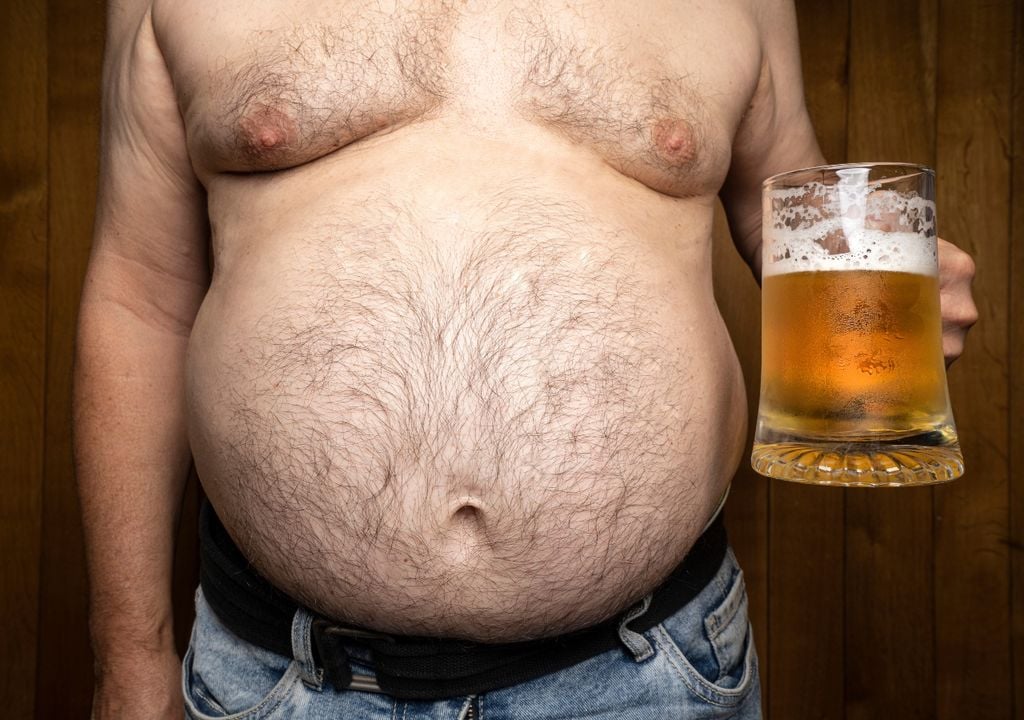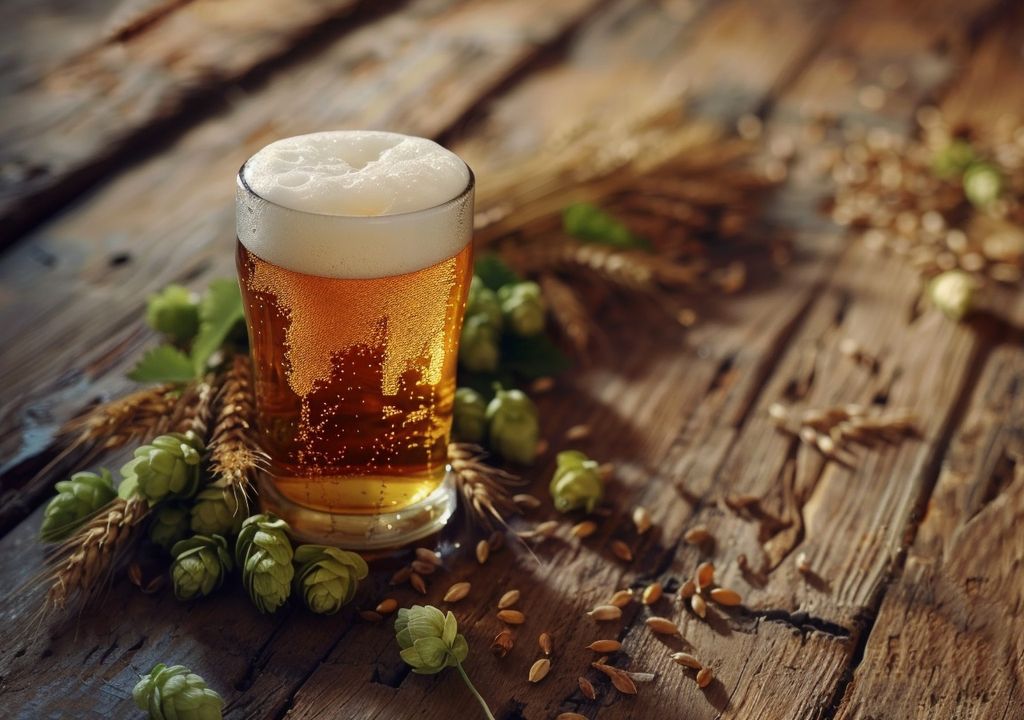Is it the End of the Beer Belly? Scientists from Uruguay Created a Low-carbohydrate Beer
They found a new type of yeast from the digestive tract of bees that produces reduced-calorie beers. Will it taste similar to those on the market? This is what the study says.

Have you ever looked down and wondered where your abs were? You are not alone. It seems that beer drinkers around the world have a tendency to grow their belly, especially as they get older, and even more so if they are men.
In Argentina, 60% of the consumption of alcoholic beverages is beer, which places our country in 72nd place worldwide among the countries that consume that drink the most. Beer is one of the most popular drinks, and each can has about 150 calories, which does not make it an ally to maintain a healthy weight. And if we add to that "la picadita", the calorie count rises considerably.
In general, alcohol consumption is associated with larger waists, because when alcohol is consumed, the liver burns alcohol instead of fat.
Abdominal obesity is a health hazard and increases the risk of heart attacks, strokes, diabetes, erectile dysfunction and other ailments. For this reason, science has proposed to find alternatives in the ingredients of this ancestral drink to reduce the impacts it has on human health.
Scientific advances with Rio-platense air
In a quiet corner of the northwest of Uruguay, in the middle of a Merlot plantation, a team of researchers from the Faculty of Chemistry of the University of the Republic (Udelar) made a discovery that could change the game in the beer world. His meticulous search involved isolating 271 native strains of yeast, among the more than 800 present in the country, until he found a hidden jewel: the Starmerella meliponinorum.
This yeast, native to the digestive tract of bees, has characteristics that allow the production of low-carbohydrate, and, hen, in calories, beer. But is its flavor comparable to the rest of the beers?

Dr. Karina Medina, researcher in the area of oenology and biotechnology of fermentations of the faculty, explains: "What we did for this work was to test these yeast insulations in a similar brewing must. We inoculate these microorganisms in a must rich in sugars so that the yeast ferments and produces ethanol and carbon dioxide, the basic elements of alcoholic fermentation."
Most styles of beer are made using one of the two single-celled species of Saccharomyces microorganisms commonly called yeasts, fungi that consume sugar and produce alcohol and carbon dioxide.
But here lies the true magic of this strain of yeast: while carrying out its fermentation work, it also produces a large number of compounds that influence the aromas and flavors of the final beer. It is this complex process that gives beer its unique sensory character, a crucial aspect that can influence the consumer's purchase decision.
The beer resulting from this native fermentation process is described as robust in body and surprisingly mild, despite its reduced carbohydrate and glucose content. At the sensory level, it is considered innovative, although researchers recognize that adjustments are still needed, such as the reduction of the buttery aroma, which is not so desired in this type of beer, but which curiously resembles British varieties.
25% to 30% fewer calories
However, the real attraction of this beer lies in its nutritional profile. Dr. Medina explains: "It doesn't leave any sugar unconsumed. This is excellent, since it practically eliminates the sugars from the final beer. As a result, the final calories of the product also decrease significantly. We have observed a caloric reduction of 25% to 30% in beers made with this yeast in our laboratory."
Some yeasts manage to disarm the starch giving rise to carbohydrates such as glucose, maltose or maltotriose. If one is looking for a beer reduced in carbohydrates, the yeasts that manage to consume the most amount of glucose, maltose and maltotrose will be the right ones.
This discovery raises an interesting question: are we witnessing the goodbye to the beer belly? With the growing interest in healthier and more conscious options, this low-carbohydrate beer could mark the beginning of a new era in the world of beer.
As the studies continue and the processes are refined, it remains to be seen how this new drink will impact the beer industry worldwide.
Reference of the news:
C. Schinca, M.N. González, F. Carrau, K. Medina, “Biodiversity and brewing attitude of non-Saccharomyces strains isolated from Uruguayan vineyards and other ecosystems, International Journal of Food Microbiology,https://doi.org/10.1016/j.ijfoodmicro.2023.110529.








